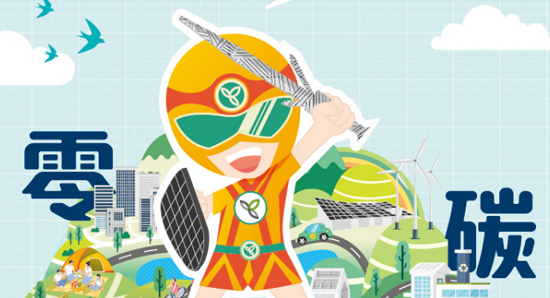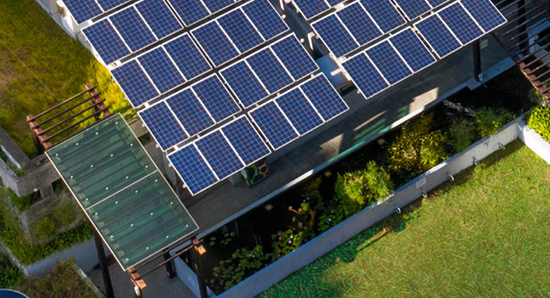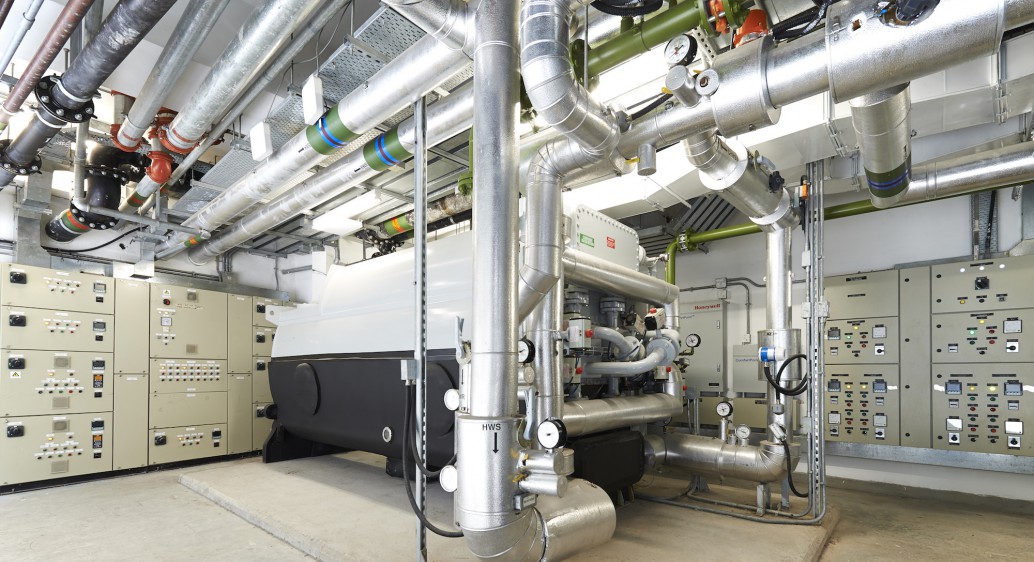"ZCP Green Heroes" encourages students, as future leaders of our community, to participate in various carbon reduction activities, understand the importance of sustainable development and carbon neutrality, contributing to saving our planet.
Renewable Energy
Renewable energy is natural energy which does not have a limited supply. Renewable energy can be used again and again, and will never run out. Examples of renewable energy sources include biomass, hydro energy, geothermal energy, solar energy, tidal energy, wave energy and wind energy. In the CIC-ZCP, renewable energy is generated on site from solar energy by photovoltaic (PV) panels and from biofuel (one kind of biomass) made of waste cooking oil.

Air Improvement Photovoltaic (AIPV) Glass Canopy
Generates renewable energy from sunlight through Cadmium Telluride nano thin-film photovoltaic technology. The quantum dot nano top coating system decomposes PM2.5 and volatile organic compounds. The system's self-cleansing effect keeps the glass surface clean, reducing the maintenance cost. Click here to watch the video.

Biodiesel Tri-generation
Biofuel is a type of fuel derived from organic matter (obtained directly from plants, or indirectly from agricultural, commercial, domestic, and/or industrial wastes) instead of from fossil products.







